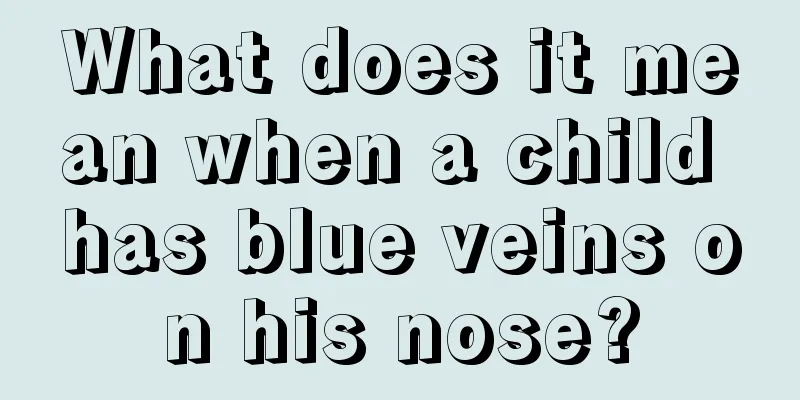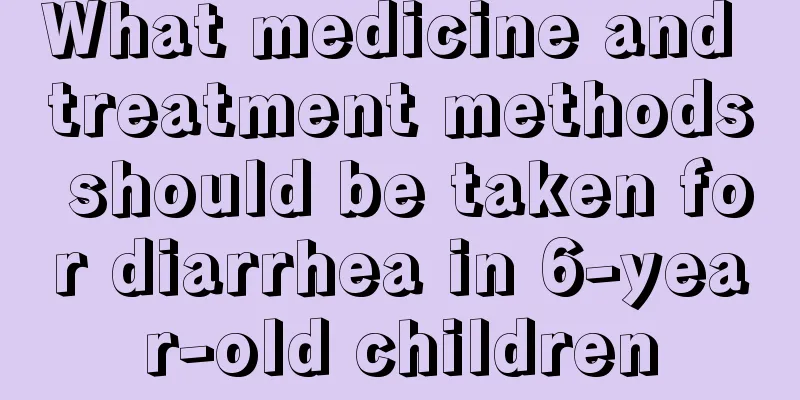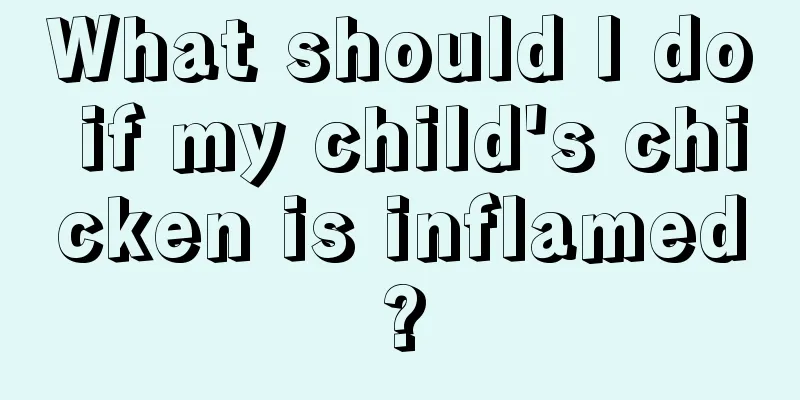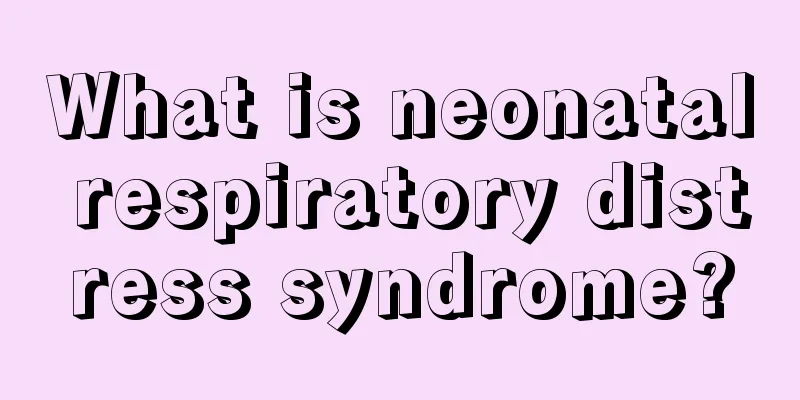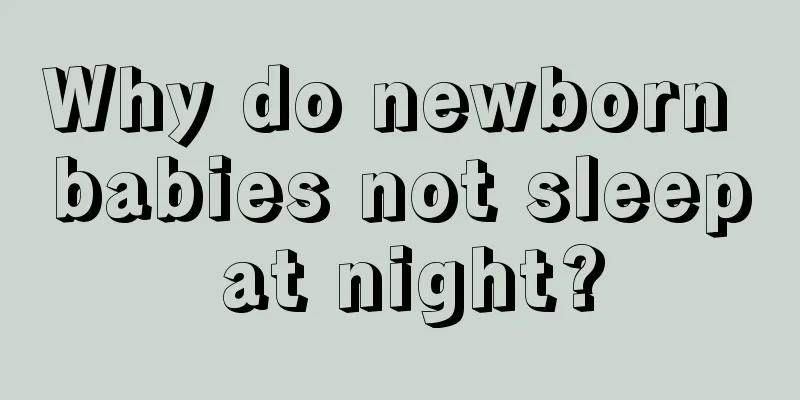The three-year-old sweats a lot

|
The problem of children sweating is a problem that troubles many parents, because children sweating is not a good thing. Most children will suffer from decreased physical strength and resistance after sweating profusely, posing a great risk of damage to their health. Sweating is the most common phenomenon in three-year-old children and it is also the stage with the greatest impact. Let’s take a look at what happens when a three-year-old child sweats a lot? Infants and young children have an active metabolism and are active and lively. Some of them cannot rest even after going to bed at night, so they may sweat on their heads after falling asleep. The so-called physiological hyperhidrosis refers to sweating during sleep when the child is well-developed, healthy, and has no disease. Parents are often accustomed to deciding the best environmental temperature for their children based on their own subjective feelings, and like to cover their babies with more blankets and keep them tightly covered. Because children's brain and nervous system are not yet fully developed and they are in the growth and development period, their body metabolism is very active. Coupled with the stimulation of overheating, they can only regulate normal body temperature by sweating to evaporate the heat in the body. In addition, drinking milk, malted milk or eating chocolate before going to bed can also cause sweating in children. Some parents give their children milk, malted milk, etc. before they go to sleep. After the child falls asleep, the body produces a large amount of heat, which is mainly dissipated through sweating through the skin. In addition, too high room temperature or excessive warmth can also cause children to sweat while sleeping, which are all physiological sweating. Pathological sweating occurs when the child is in a quiet state, such as sweating caused by rickets, which manifests as obvious sweating on the child's head in the first half of the night after falling asleep. Because the pillow is irritated by sweat, babies often shake their heads and rub against the pillow when they sleep, resulting in sparse hair and loss of hair on the pillow, forming typical annular hair loss on the pillow, which is medically known as "occipital baldness". It is an early manifestation of rickets in infants. As long as vitamin D and calcium are supplemented in time, rickets can be controlled and sweating will stop by itself. If a child sweats not only in the first half of the night but also in the second half of the night and before dawn, it is usually a sign of illness, the most common of which is tuberculosis. Tuberculosis also has other symptoms, such as low fever, fatigue, loss of appetite, flushed cheeks, etc. Children with tuberculosis tend to sweat easily during daytime activities, which is called spontaneous sweating, and sweating at night is called night sweats. If you suspect your child is infected with tuberculosis, a lung X-ray or a tuberculin test should be done for timely diagnosis and treatment. |
<<: Eight-month-old baby sweats a lot
>>: What should I do if my four-month-old baby sweats a lot?
Recommend
How to remember a child's memory
In order to better help their children and consol...
Will long-term diarrhea in babies cause blood in the stool? How to treat it?
In July and August after birth, many babies are j...
What is the normal value of myocardial enzyme in newborns?
Myocardial enzyme is an important indicator for c...
Why is the baby's hair turning yellow?
The color of children's hair should be the sa...
How much sleep does a 15-month-old baby need?
Sleep is a necessary way for the human body to ge...
Fetal kidney development
Many mothers don't know much about the growth...
Can children take a bath after vaccination?
Getting preventive shots is very beneficial for c...
How to quickly whiten a tanned child?
The summer sunshine makes people full of energy. ...
What should I do if my baby gets a bruise on the forehead?
Babies are young and lack the ability to protect ...
What are the types of movement disorders in cerebral palsy?
Movement disorders caused by cerebral palsy occur...
What should I do if my newborn has white spots on his head?
Newborns have small white spots on their heads. I...
How to correct children's skeletal protrusions
Children's dental problems are often a headac...
What causes pain near a child’s belly button?
Children will not lie. This is human nature and e...
How to treat lymphadenitis in children
Lymph node inflammation usually comes in two type...
Can children with chickenpox eat eggs?
Chickenpox is a disease that often occurs in chil...
